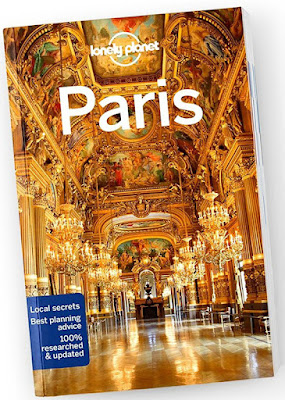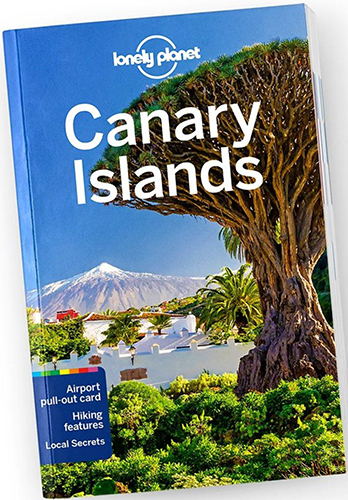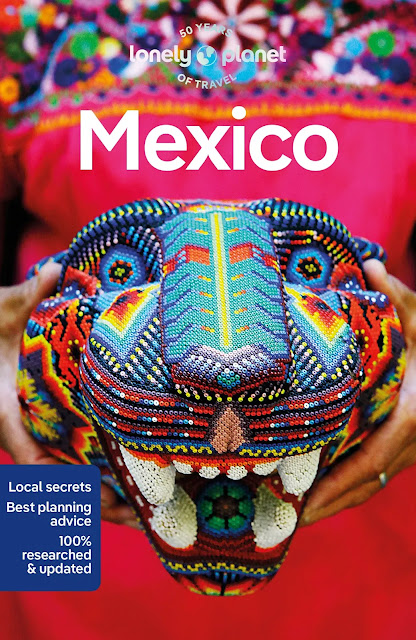Portugal Travel Guide | Lonely Planet
"Portugal isn't just about the beaches. There's a blossoming arts scene, unforgettable trails through mountains and the coast and, above all, friendly folks who will gladly share a table with you."
Lonely Planet writer Joana Taborda (@cityodes) describes why she loves Portugal. "Portugal lives for the simple pleasures. It doesn't take much to find happiness here: a glass of wine at the end of a work day, a summer barbecue with friends or the eternal pursuit of sunset - the perks of living on the west coast."
Spend an evening in one of Lisbon's many fado houses, discover stunning architecture in Porto and soak up the sun in the Algarve.
Covers Lisbon, the Algarve, the Altentejo, Estremadura, Ribatejo, the Beiras, Porto, the Douro, Tras-Os-Montes, the Minho and more!
Writers: Joana Taborda, Bruno and Maria Sena, Daniel James Clarke, Sandra Henriques, Marlene Marques.
Lonely Planet Portugal: Top places to go
1. Lisbon
2. Sintra
3. Chaves
4. Villa Real
5. Ericeira
4. Nazaré
5. Porto
6. Douro Valley
7. Óbidos
8. Figueira Da Foz
9. Sagres
10. Aveiro
Inside Lonely Planet's Portugal Travel Guide:
Lonely Planet's Top Picks - a visually inspiring collection of the destination's best experiences and where to have them
Itineraries help you build the ultimate trip based on your personal needs and interests
Local insights give you a richer, more rewarding travel experience - whether it's history, people, music, landscapes, wildlife, politics
Eating and drinking - get the most out of your gastronomic experience as we reveal the regional dishes and drinks you have to try
Toolkit - all of the planning tools for solo travellers, LGBTQIA+ travellers, family travellers and accessible travel
Colour maps and images throughout
Language - essential phrases and language tips
Insider tips to save time and money and get around like a local, avoiding crowds and trouble spots
Covers Lisbon, the Algarve, the Altentejo, Estremadura, Ribatejo, the Beiras, Porto, the Douro, Tras-Os-Montes, the Minho and more!









